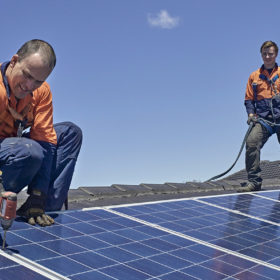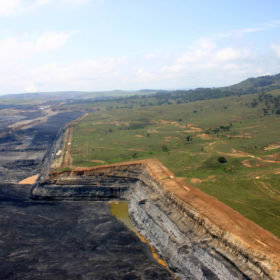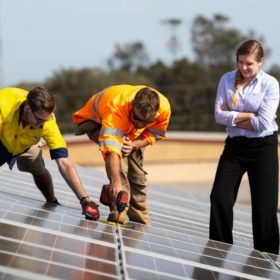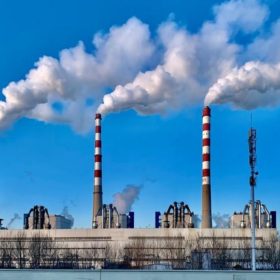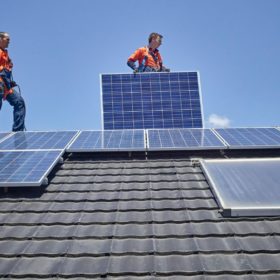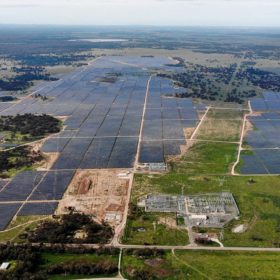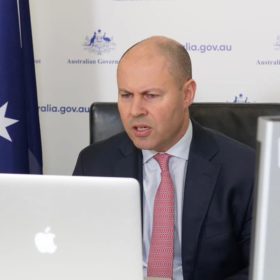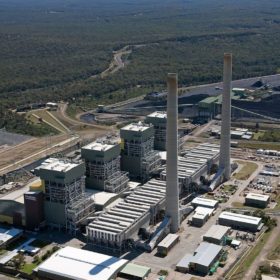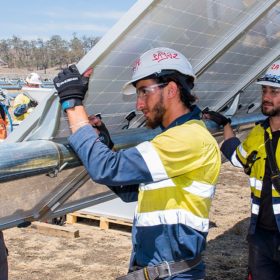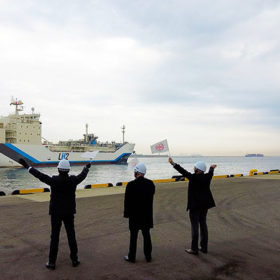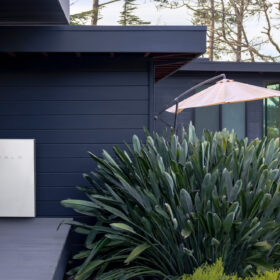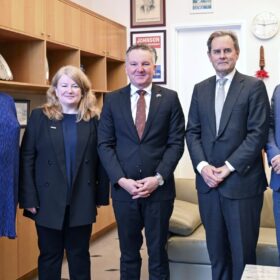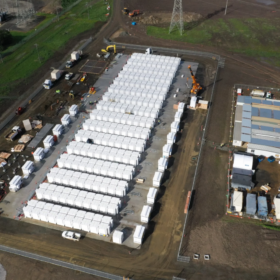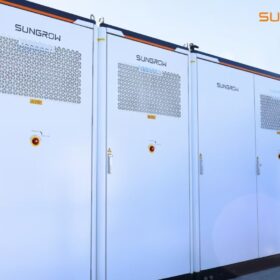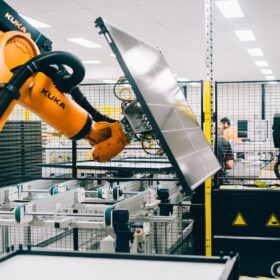Rules changed to allow multiple installers to complete jobs
Rooftop solar installations may now be conducted by multiple installers, the Clean Energy Regulator (CER) announced today. The rule change will afford companies more flexibility as CER continues tightening its surveillance of the rooftop industry.
Coal plant closures adds sense of urgency to energy transition
The quickening exit of coal-fired generation from Australia’s energy mix – with 60% of capacity expected to be withdrawn from the National Electricity Market by 2030 – has emphasised the need for significant investment in renewable energy generation, storage, transmission, and system services.
How the new round of SRES changes will alter the makeup of Australia’s solar industry
The Clean Energy Regulator has outlined the second round of changes coming to Australia’s solar rebate program, the small-scale renewable energy scheme (SRES). They primarily involve changing which body will manage solar designer and installer accreditations and who will publish approved solar panel and inverter equipment lists – both of which have formerly been the remit of the Clean Energy Council.
Peak group urges ministers to adopt staged response to energy crisis
A coalition of peak bodies has called on Australia’s energy ministers to work together to accelerate the transition to renewable energy and resist the temptation to focus only on short-term solutions when they meet today to discuss the “apocalyptic rises in energy prices” impacting Australian energy markets.
Solar companies battle to keep staff, claim regulatory system is depressing industry quality
Solar companies are reporting widespread staff shortages leading to false price points around the value of installers. Scott Mason, general manager of Platinum Solar Designs, says the shortages aren’t simply part of Australia’s broader skills scarcity, but rather are endemic to the solar industry and linked to a regulatory system which is pushing down the quality of installations.
CEC report reveals record year for renewables but new investment slows
Australia’s clean energy industry continued its record-breaking run in 2021 with the wind, solar PV and energy storage sectors steering renewables to an unprecedented 32.5% share of the electricity market but the Clean Energy Council has warned of clouds on the horizon with investment commitments in new large-scale projects slowing.
Federal budget promises billions in election handouts, virtually nothing for renewables
Renewables, climate change mitigation, the energy transition and Australia’s economic future were all big losers in Tuesday’s 2022-2023 federal budget. Treasurer Josh Frydenberg’s budget not only fails to provide direct funding for renewable energy projects but actually continues cuts to important institutions, and moreover proves the Morrison government’s belated 2050 net zero emissions plan was merely lip service prior to last year’s COP26 climate summit in Glasgow.
Eraring early closure sparks calls for co-ordinated approach
Origin Energy’s announcement that it is accelerating the closure of Australia’s largest coal-fired power station has triggered calls for the Federal Government to develop a nationally co-ordinated approach to manage the retirement of fossil fuel generation as well as support investment in new clean energy generation.
Nine policies to transform Australia
As Australia’s federal election looms, the Clean Energy Council has released a set of nine policy suggestions to realise not only Australia’s decarbonisation, but its potential as a clean energy superpower. The suggestions range from electrifying everything, allocating $1 billion to transition coal communities, and setting hydrogen blending targets for gas networks.
Weekend read: Australia to make world’s-first liquefied hydrogen shipment to Japan
The Suiso Frontier cargo vessel docked at Victoria’s Port of Hastings on Friday to take on the world’s first shipment of liquid hydrogen. The ship’s arrival is a landmark for the Japanese-Australian Hydrogen Energy Supply Chain pilot project, which sees liquefied hydrogen generated from brown coal, and an engineering milestone in itself. But while the Australian government describes the product as “clean”, experts maintain that carbon capture and storage technology has proven only to be an expensive failure.
